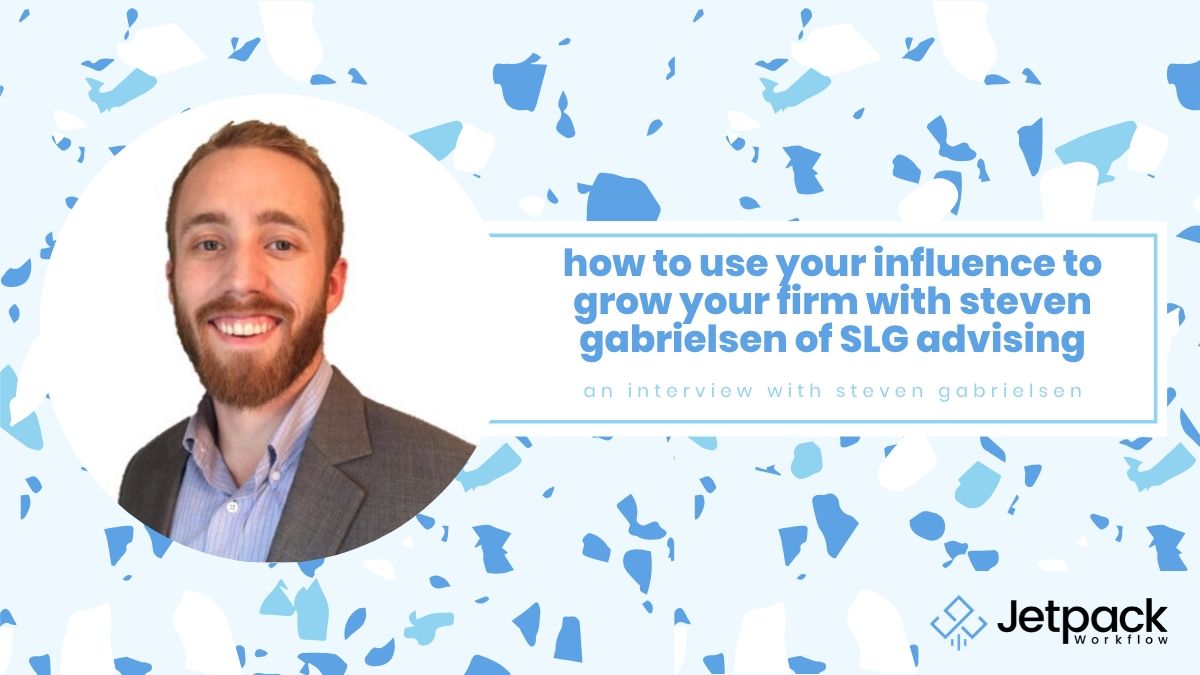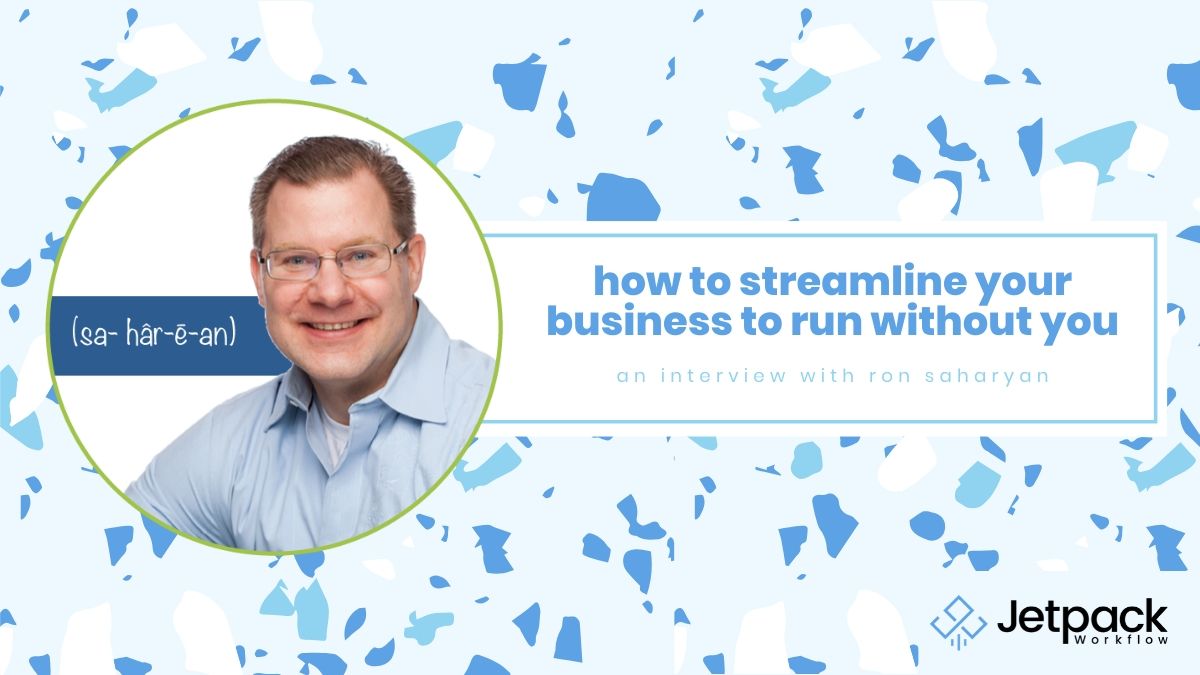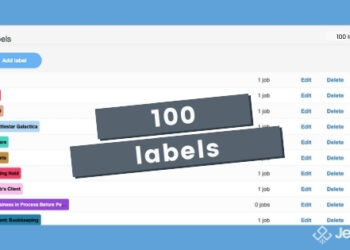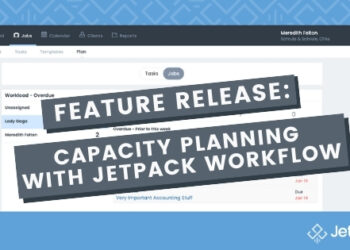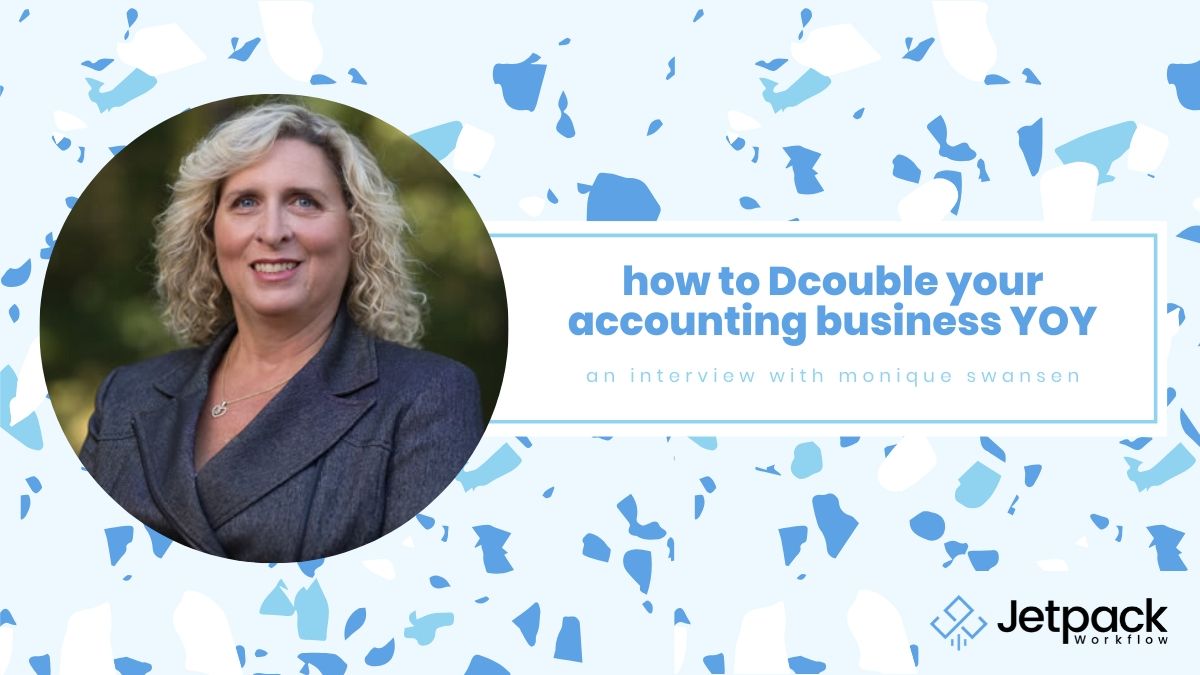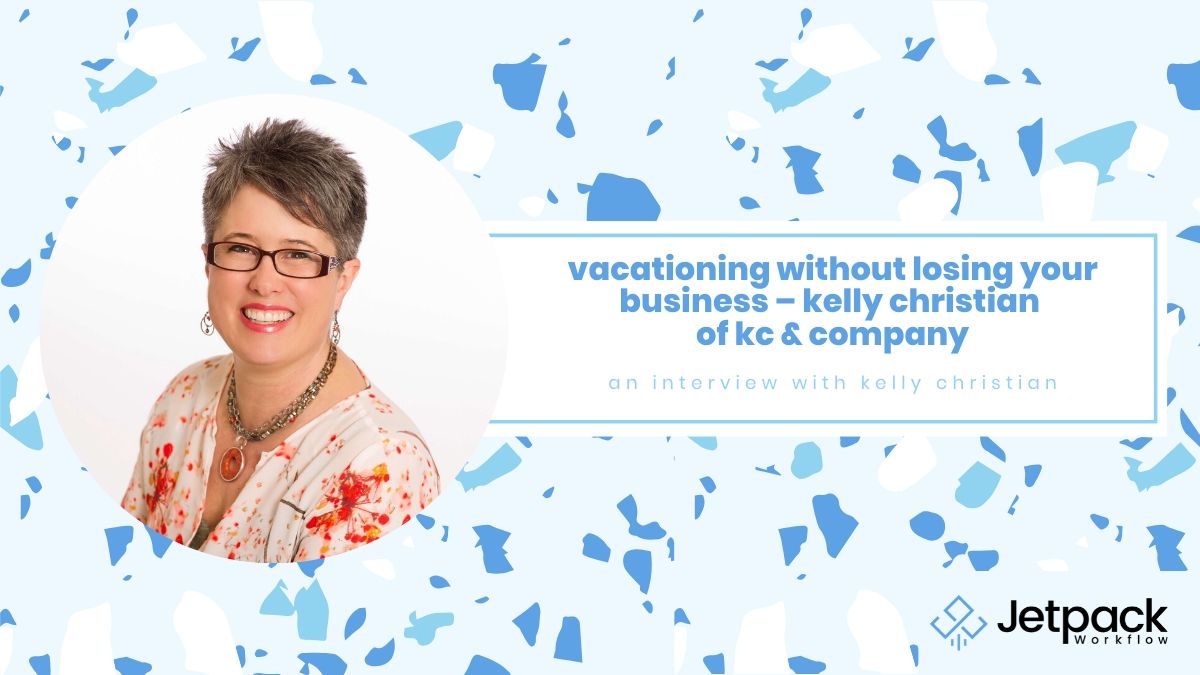Jetpack Interview with Veronica Wasek

Creating great workflow processes is great for making your firm more efficient and profitable. It can do much more than that, however. In our chat with Veronica Wasek, we learn how she’s using excellent workflow to grow her company and take on the caliber of clients she’s always dreamed of working with.
The best part is you can use the same principles to grow your firm and train employees to become more responsible and reliable partners in your ever-growing organization.
In this episode of the Growing Your Firm Podcast, David Cristello and Veronica Wasek discuss:
- Having fewer but higher-ticket clients
- Growing a Business using written instructions and steps
- Training employees to build workflow documentation
- Troubleshooting the workflow when something isn’t working
- Encouraging your team to own up to their mistakes
- Training others about workflow and accounting tips
- Using marketing to reach out to potential clients
Additional Links:
Using Workflow to Grow an Amazing Team
Just about every firm starts with a workforce of one. You may be that lone agent, burning the midnight oil to prepare deliverables for your clients, dreaming of building a larger, more powerful business in the future.
You may also be dreaming of improving the caliber of your clients. Instead of working for pennies, having to amass a laundry list of clients to make any real profit, you probably would love to have fewer clients that pay more. This is a goal many firms have these days, and for good reason. There are many benefits to positioning yourself as a premium firm instead of a bargain business.
What can help you to grow your business to the size you dream of, whether that’s only a handful of employees or dozens? How can you establish your firm as a company that is efficient, consistent, and reliable so you can attract the caliber of client you fantasize about working with?
Of course, the answer is at least partially found in the workflow systems you have in place. In today’s show, Veronica did a wonderful job of describing how she’s grown her firm and gotten the high-end clients she always planned to attract.
Using the following steps, you too can build your business to the size you have in mind while maintaining the quality of work high-end clients will expect.
Start with Self-Recording
Even as you start out on your own, you can begin recording a workflow that will help your firm for years to come. Simply make a record of everything you do. Veronica suggests monthly checklists for each client, a separate checklist for onboarding new clients, and any other process that can be documented.
This self-recording process is useful for you because it helps you think critically about the steps you take to get things done. It also will help make sure you don’t miss any important steps.
It may be best to start with higher-level steps, painting a broad picture of what you need to do on a monthly or weekly basis. Then, as those steps are written down, you can refine the process, adding more detail to the checklists, fleshing out your written workflow instructions.
Use Checklists as Training for Employees
Expanding your firm to include even one employee, perhaps an assistant, will be much easier with the written instructions from the previous step. But why would a new employee need such written instructions, especially if you’ve hired someone with a degree? Here are two reasons.
First, many workers that have come straight from school don’t have any experience working in the real world. Practical training is lacking in many schools and universities, so expect a new hire to have tons of head knowledge but no practical understanding. A written checklist of what you expect them to do will give them the guidance they need to make the transition.
Second, even if a new hire has worked with other firms in the past, this doesn’t mean they know how you want to handle matters. Remember, you’ve taken the time to refine your system. You may work differently from many others, and your workflow is based on your ideology and the needs of your specific clients. A set of written instructions, complete with checklists, will help new employees immediately understand how your firm works.
Train Employees to Make Their Own Checklists
A major step in growing and improving your company is training your employees to do more than just follow checklists you’ve written out for them. You want them to make their own checklists and add to the instructions you’ve given to them.
But doesn’t that seem like pure fantasy? How could someone get their employees to not only do the work but also record instructions and checklists to describe what they’re doing? Well, Veronica has a secret to that, as well.
People are looking for leadership experience. It looks good on their resumes, and they become more competent when they are trained to be leaders. So rebranding the making of checklists as leadership training can get many employees onboard.
Having workers make and improve checklists is essential to growing your company. And it frees you up to do the high-level things you want to do without having to write out checklist items all day.
Encourage Employees to Own their Mistakes
A key to constantly improving your company’s workflow is encouraging employees to constantly improve the checklists they use to work.
Any time a mistake is made, it’s likely that something can be adjusted in the workflow to prevent that from happening again. If the workflow isn’t the problem, it could be that you need better tools or you have a personnel problem.
But getting employees to own their mistakes and analyze ways to prevent them from repeating isn’t always easy. It’s human nature to want to cover our mistakes or throw blame on someone else. So how to do you make the kind of atmosphere where employees are okay with talking about what isn’t going well and how the workflow can change to fix it?
It all starts with how you, as the employer, see mistakes your employees make. Do you get angry and immediately threaten those that are responsible? If so, you’ll likely never get them to own their mistakes and work creatively to fix them.
Veronica also has her team meet together without her present once a week. In this “employees only” meeting, they can share their struggles and work together to fix issues by adjusting the checklists they use every day. Not having the boss around allows them to feel more comfortable opening up about how they feel things can change for the better around the company.
Constantly Evolve Your Workflow
No system is perfect. As your company continues to grow, your workflow will have to evolve, as well. This means being willing to analyze things and make necessary changes. If you can train your teammates to do the same, you’ll have a dynamic firm that is always changing, always improving, and constantly marching towards bigger and better goals.
On top of that, your written checklists will keep your company running when people inevitably leave. As employees come and go, your firm will continue to stand strong and rise because you’ll be depending on an ever-changing workflow instead of relying on the people that work for you at any given time.
As you can see, growing the business you dream of having is about more than having a workflow. It’s also about constantly evolving your workflow. Making lists and expanding them, changing them, time after time, so your company can adapt to changing circumstances.
RELATED ARTICLES:





